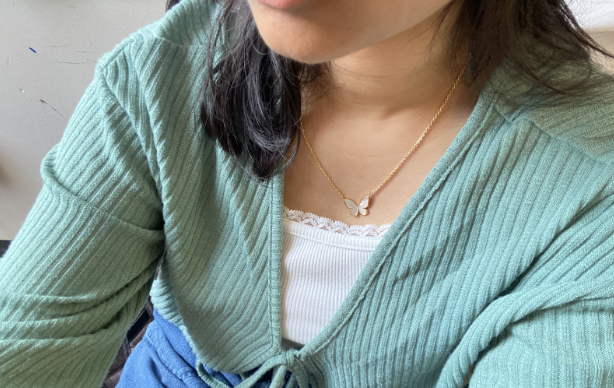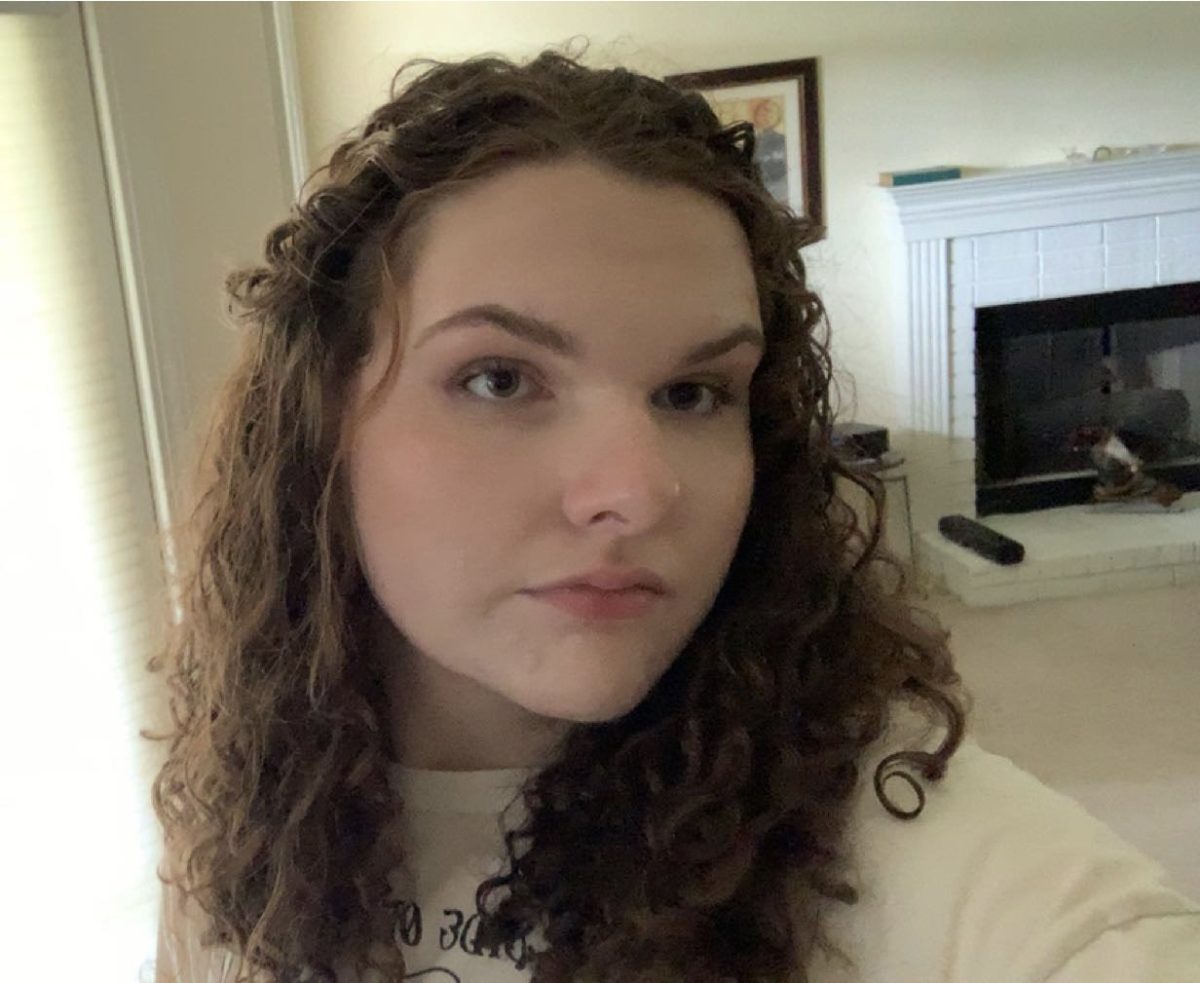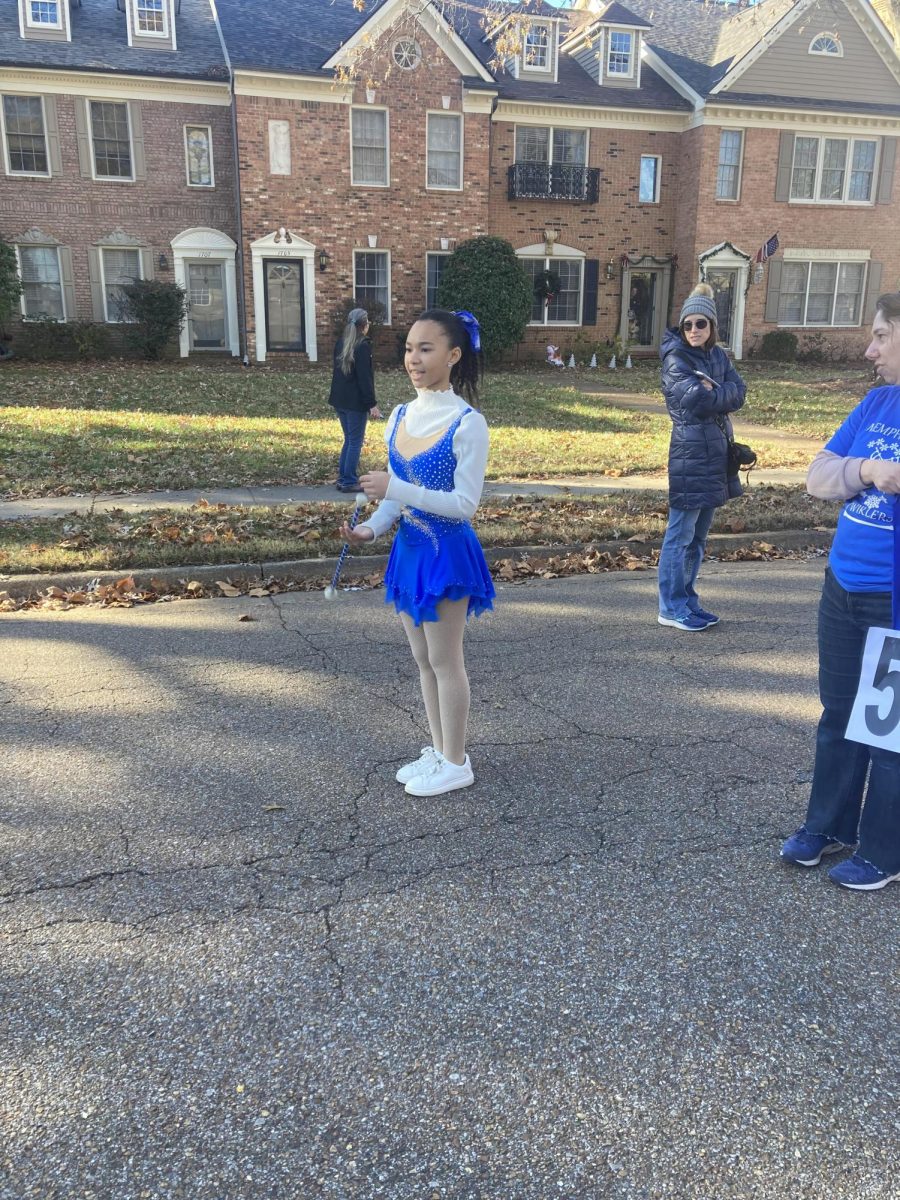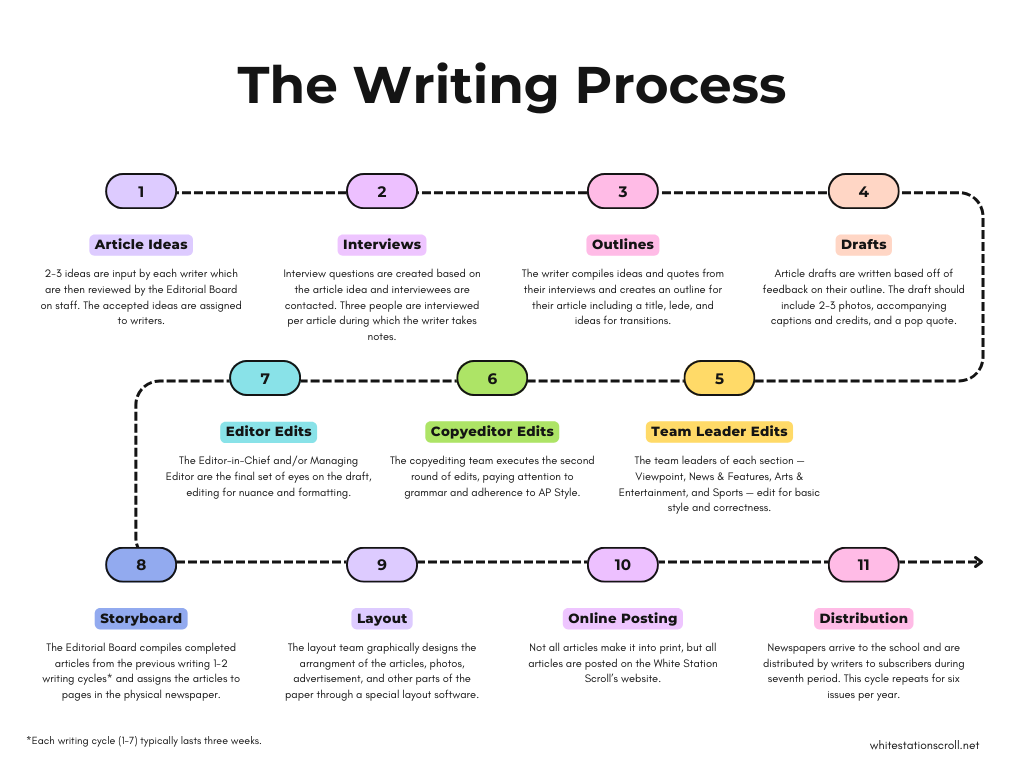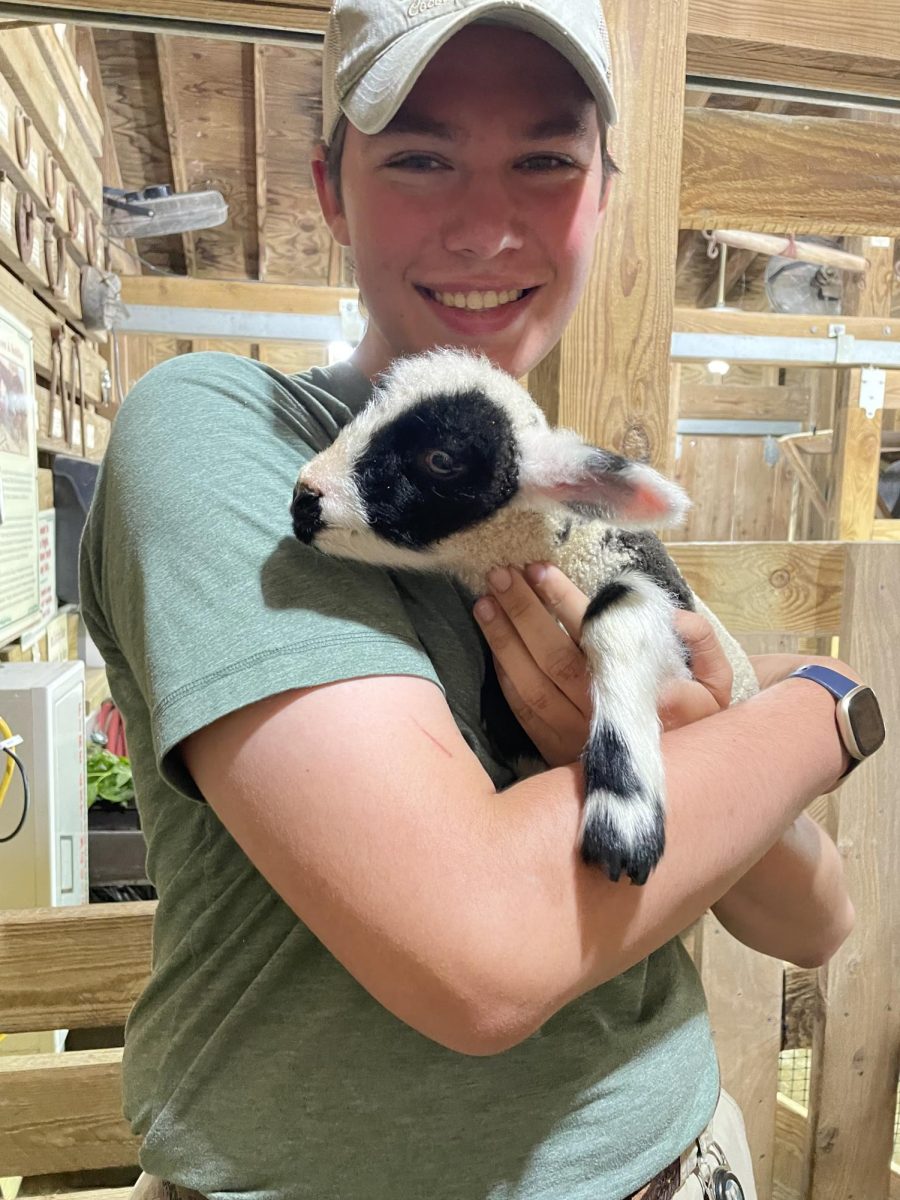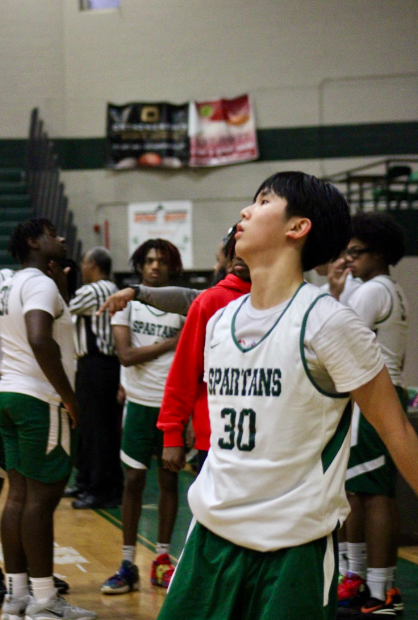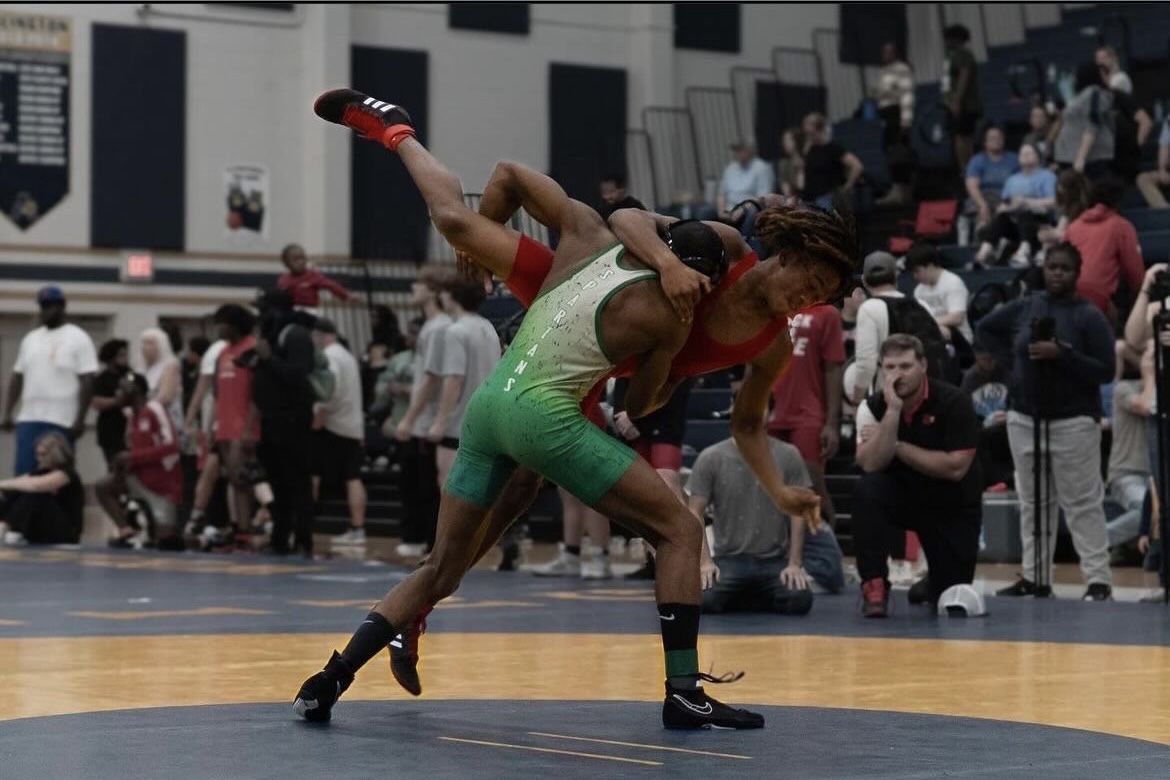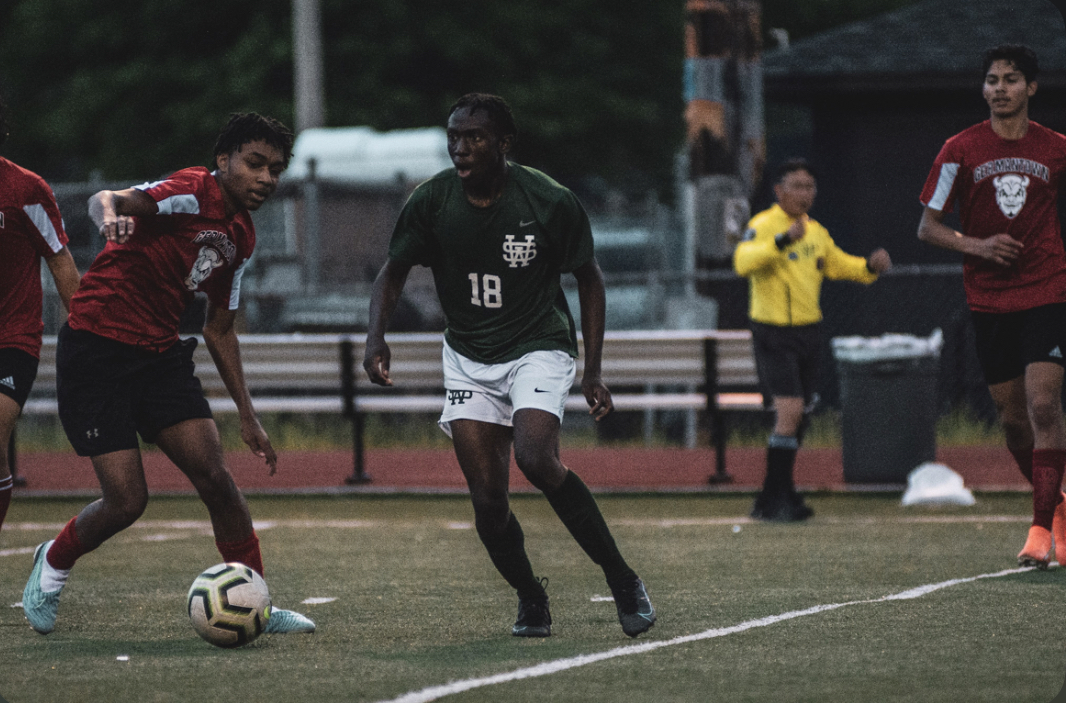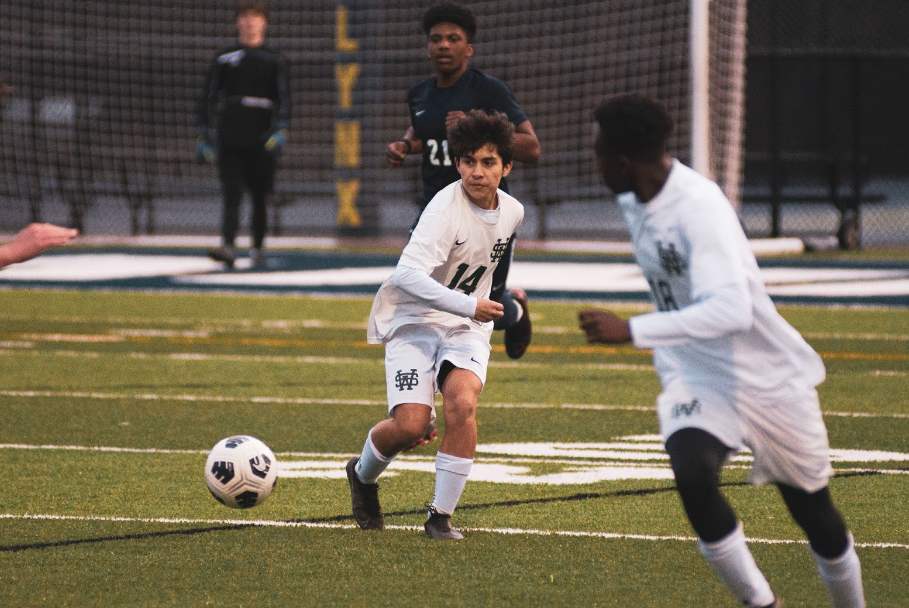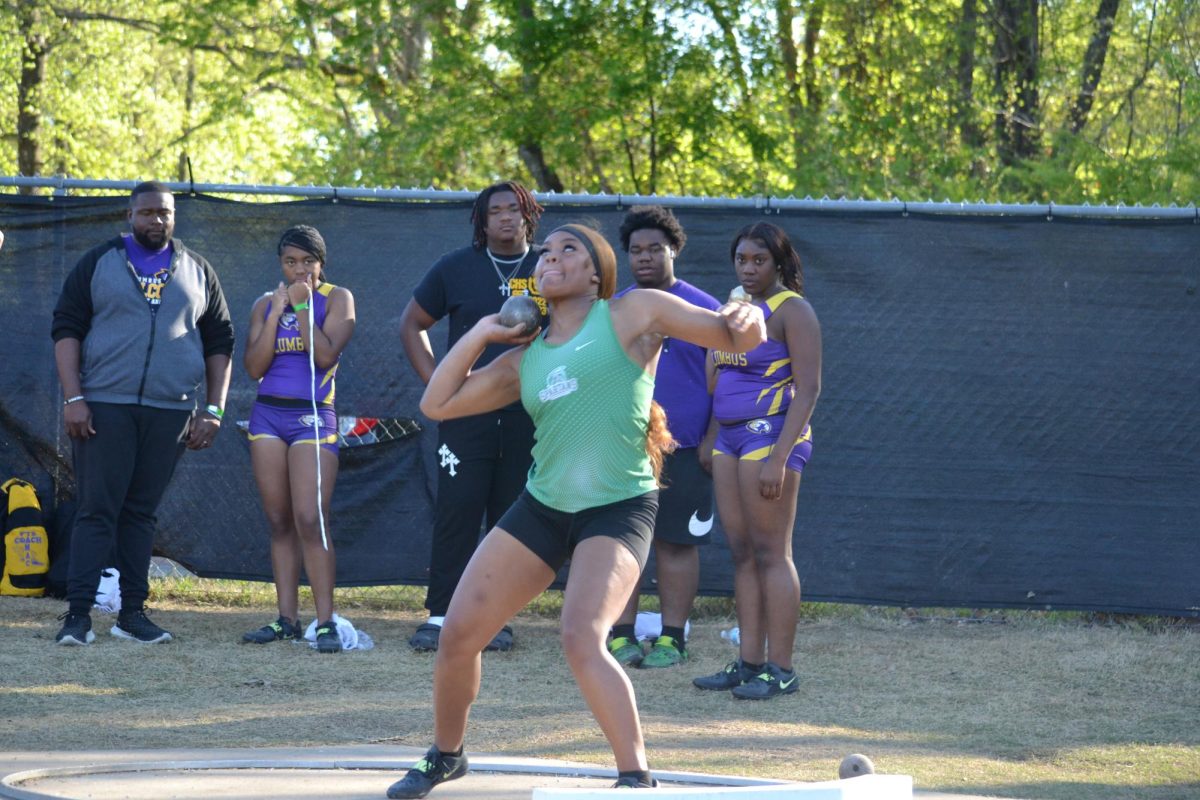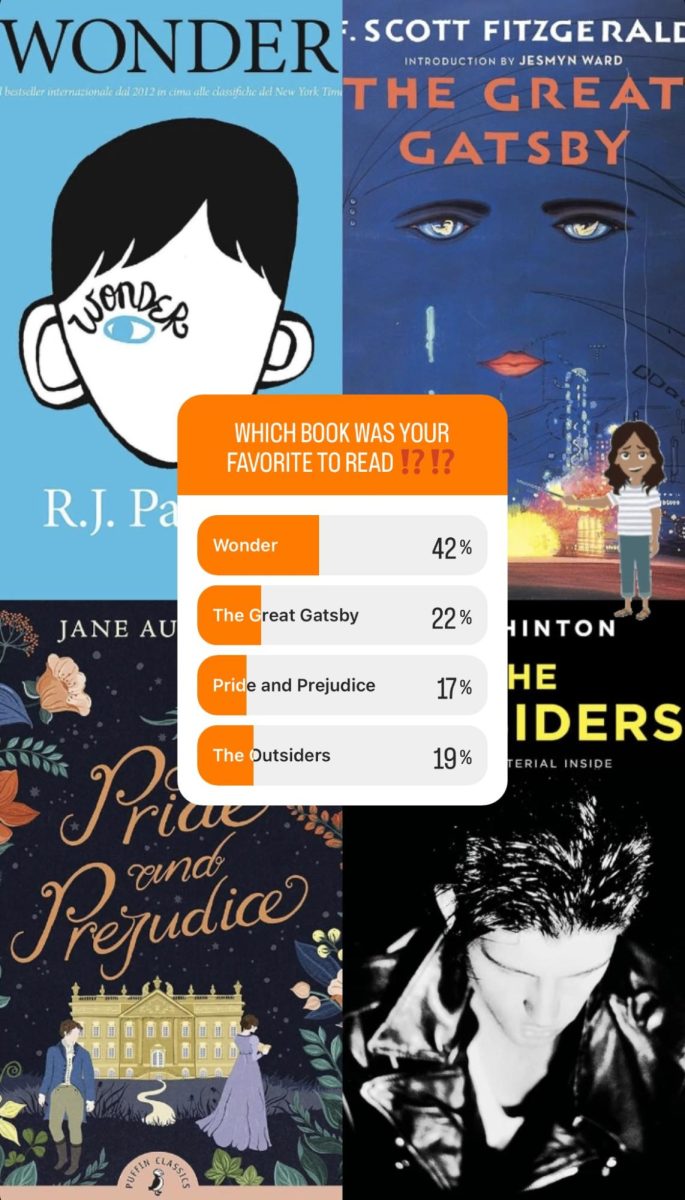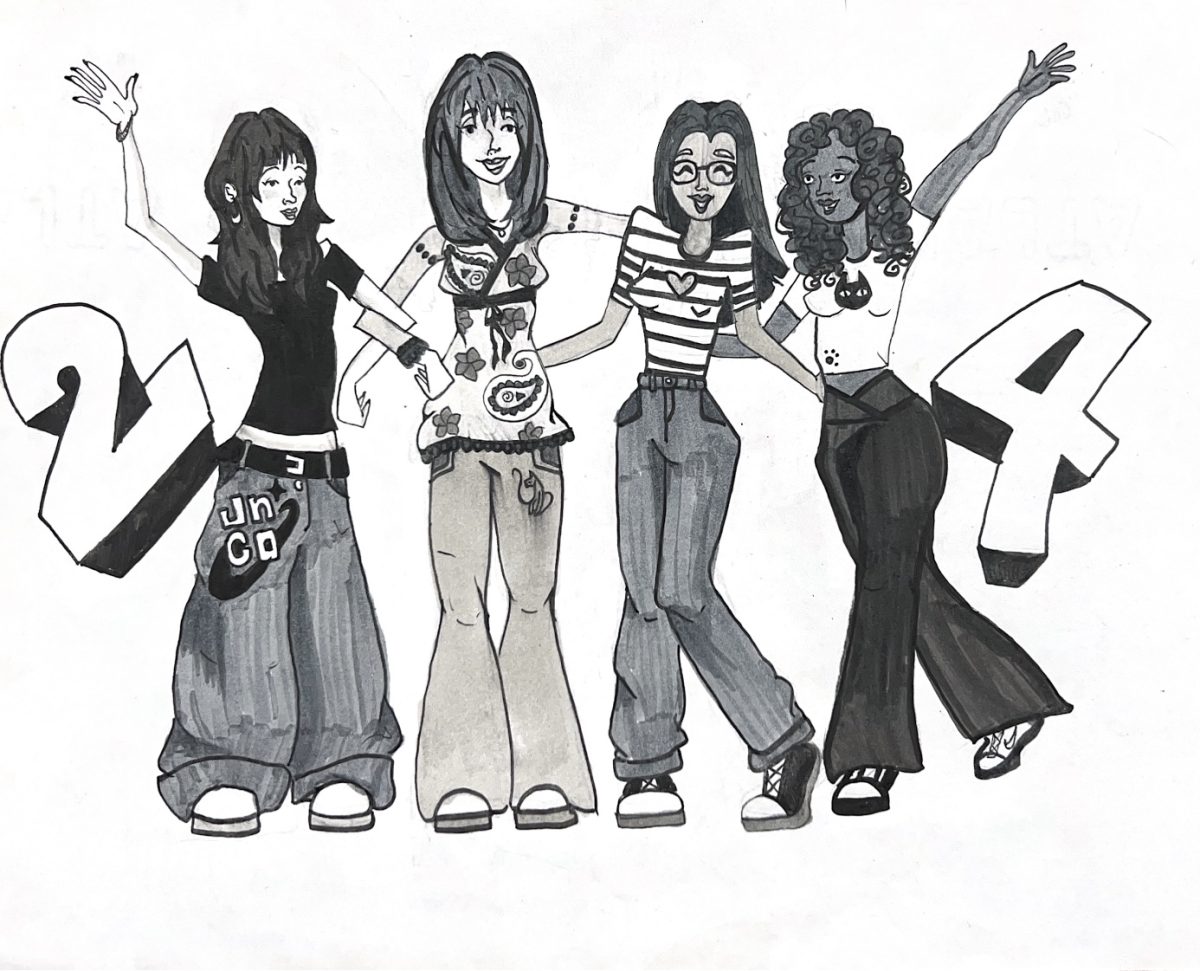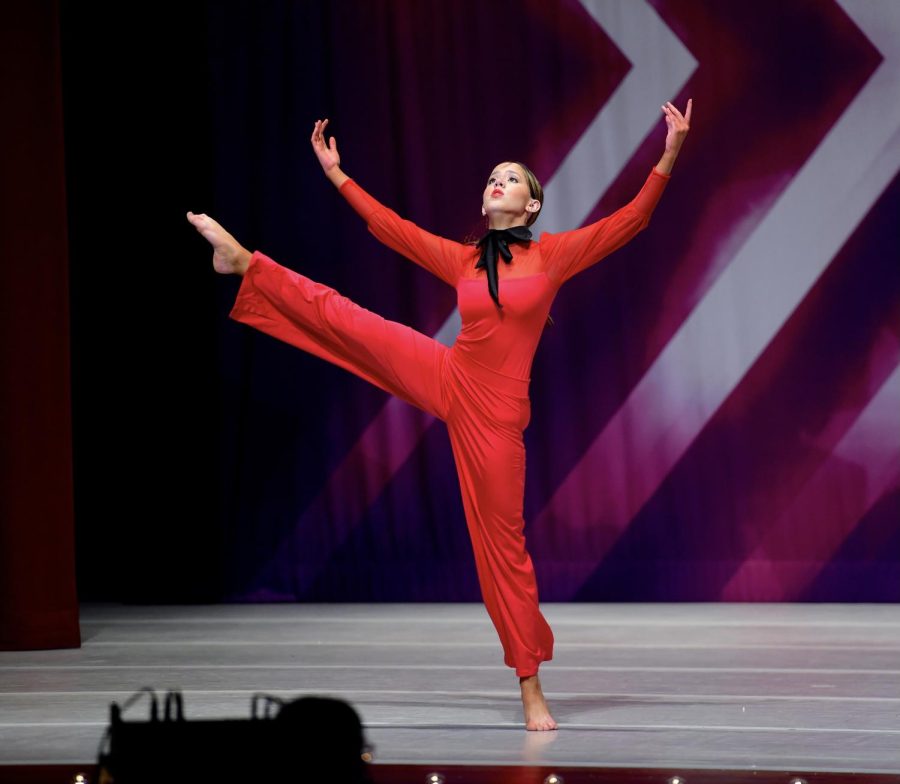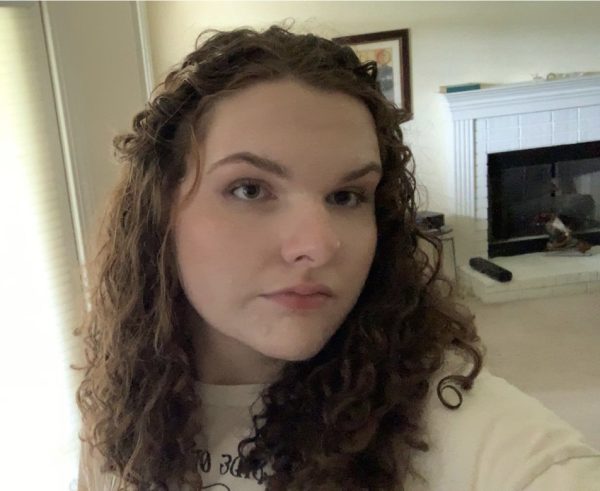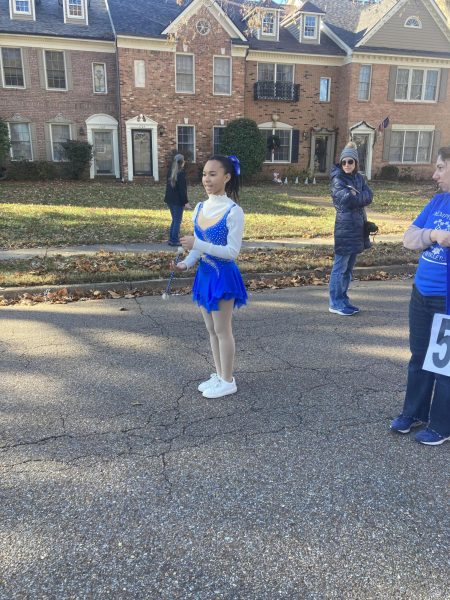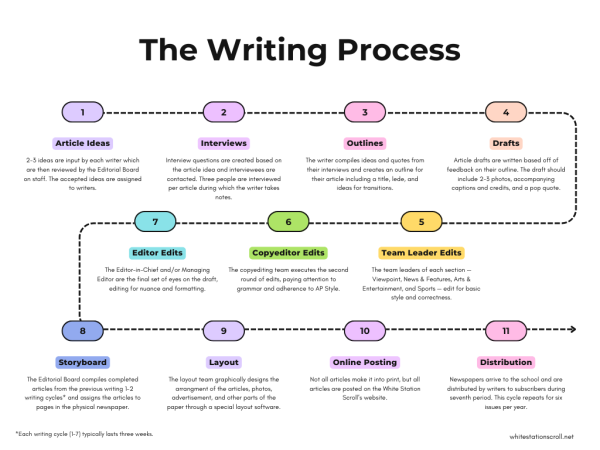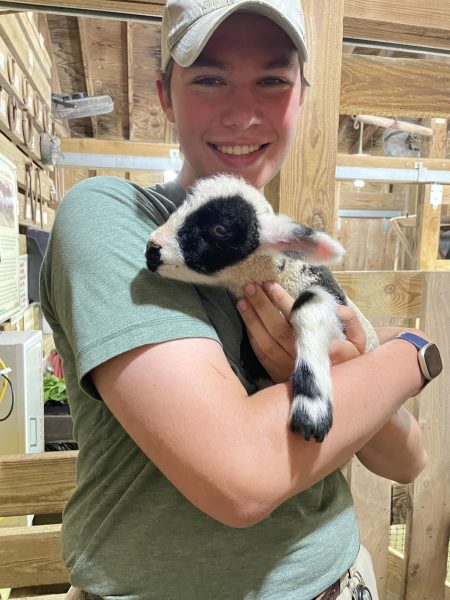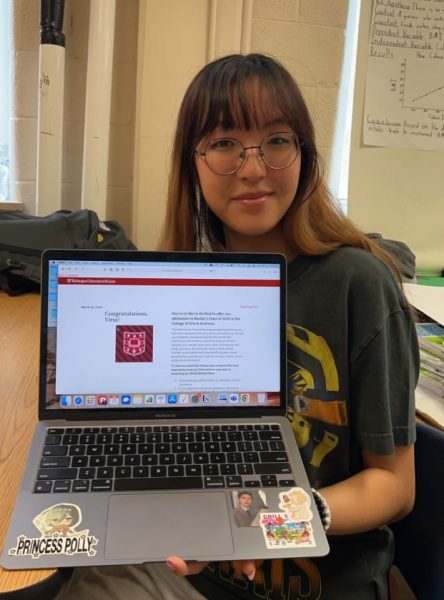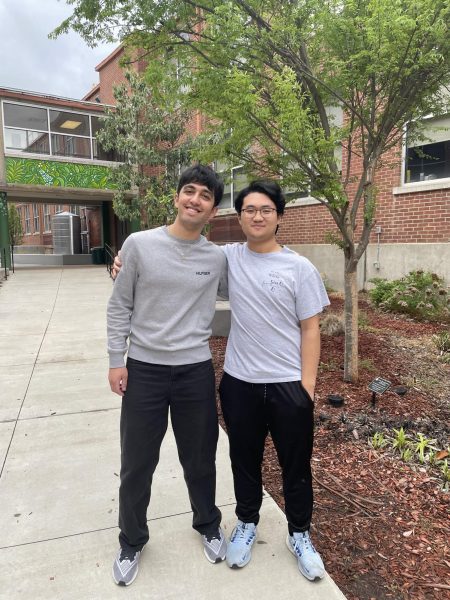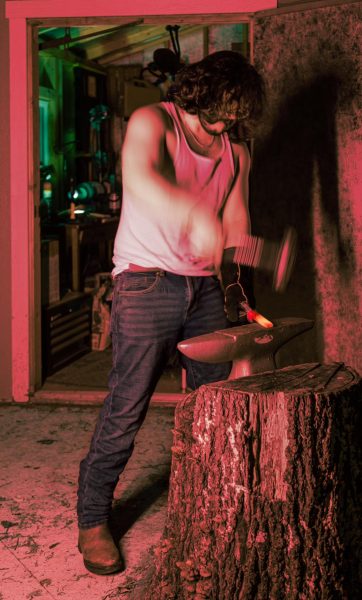Howell-Moroney’s lifetime dedication to dance
For most three year olds, communication by speech is becoming more natural and the ability to display emotions and thoughts begins to emerge. However, at age three, Julia Howell-Moroney (12) has already started her journey into what will become her second form of communication: dance.
After Howell-Moroney’s older sister and brother became involved with dance casually as children, she would also join, starting with easy-going recreational classes. However, unlike her siblings, Moroney would continue to dance throughout her adolescence until eventually reaching company level at her dance studio, Dance Academy of Bartlett.
“I was born in Birmingham and I just did recreational ballet classes,” Howell-Moroney said. “Then when my family moved to Memphis, I started taking rec classes at a dance studio in Bartlett. The next year I got promoted to pre-company, and the next year I got promoted to company, and that’s when I started performing and taking it seriously.”
As Howell-Moroney advanced and became exposed to the competitive side of dance that included physical strain and intense dedication, she began to make mental notes of abilities she was required to maintain in order to be a force to be reckoned with on stage. In exchange for 30+ hours of practice a week and mental and social sacrifices, Howell-Moroney garnered precious friendships and a passion for dance reflected in her extensive years of dedication.
“You have to stay in shape,” Howell-Moroney said. “There’s constant rehearsals and if you [don’t] have enough stamina to go through a 30 minute ballet without breaks, if you don’t have the cardiovascular endurance to push through that or you’re not flexible [you will struggle.] It affects the way you see yourself because dancing in front of a mirror your entire life definitely affects body image. And you have to be committed. You’re going to miss out on things from dancing.”
Coming from a family that was well adjusted to having children involved in dance, Howell-Moroney has received endless amounts of support from loved ones. However, she has kept her dance career mostly stowed away from peers—with a majority of her friends only discovering the depths of her commitment recently.
“My family loves coming to my performances and embarrassing me and posting about it and stuff,” Howell-Moroney said. “Most of my friends didn’t know I danced until recently because I don’t really talk about it. They were surprised.”
After entering high school and facing persistent scheduling issues with friends due to dance, Howell-Moroney fatefully invited one of her best friends to watch a group performance organized by her studio.
“The first time I saw her dance, I was thinking ‘even if she’s bad I’m still gonna tell her it’s good,’” Sophia Aiello (12) said. “And I saw her, and it was a group dance, and she was the best one there. I started crying, and now whenever I watch her dance I cry because it’s so beautiful.”
In addition to producing beautiful performances, Howell-Moroney has observed personal vital character growth as a result of the difficult aspects of dance culture. Critical dance instructors are a common stereotype in media that Howell-Moroney confirms as reality, but notes that many instructors are critical out of care, and genuinely wish for all their students to succeed.
“I feel like I’m not as sensitive as other people because I’ve grown up with constant criticism and constant comparisons to other people, so I never compare myself to people outside of dance,” Howell-Moroney said. “I’m less the type to judge people outside of dance because I’m just so used to that and I know how much it can hurt.”
After placing in the top ten for the advanced solo division in three competitions this year, Howell-Moroney has experienced a multitude of additions to her professional dance resume. Despite further projected success, Howell-Moroney plans to major in psychology and continue dance as a hobby and passion, rather than a competitive career.
“It’s fun to see how happy she is after she places really well, or her solo goes well and I’m excited to see how it goes later,” Aiello said. “I know she’s probably not majoring in it next year, but she might go to New York [for classes] and be able to dance for herself and not [in] a studio with so much pressure.”
From her broad range of experience and fine-tuned skills, Howell-Moroney has concluded that the most vital part of succeeding in dance is constant commitment and the will to improve. After over 15 years of experience dancing, Howell-Moroney is able to reflect on her improvement in dance and lifestyle.
“Definitely go into [dance] with a committed mindset and … be open for criticism,” Howell-Moroney said. “You have to take it seriously so you can improve, but know that [improvement] will come the more you practice.”
Howell-Moroney hopes her impact on younger dancers experiencing the challenges she once faced is strong, and resonates with those who aspire to achieve coveted roles or personal goals in the performance world. As she looks back on a triumphant career from a position of success she once strived for, Howell-Moroney is enthralled to see what her next steps will be in her lifetime long dance routine.
“I’d say being a role model for the little girls [is my favorite part],” Howell-Moroney said. “Because I remember when I was just starting at my new studio, when I was like eight, I always looked up to the older girls and would be like ‘one day I’m gonna be them and be a lead role in ballet.’ And now I’m getting the lead roles in the ballets.”
Your donation will support the student journalists of White Station High School. Your contribution will allow us to purchase equipment and cover our annual website hosting costs.

